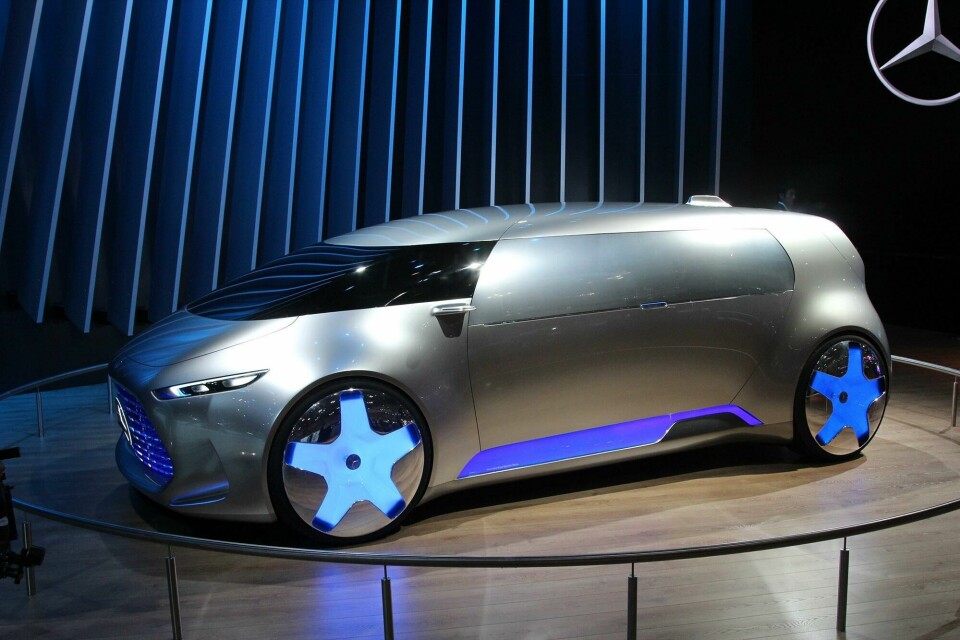
Tokyo 2015: Nissan pilots the way with IDS concept
Driverless vision shows Mercedes how it’s done
There are a few driverless visions at the Tokyo motor show, but two stand out. There’s Mercedes’s Vision Tokyo Concept – a surprisingly large, mini-van like autonomous car vision for 2030. Its design visually relates to the Vision F015, but the whole concept falls apart because there’s no interior – or at least not one Mercedes will let you see. So we’ll refer back to the F015 – when we wrote about it we remarked how the steering wheel and IP looked like an afterthought and confused the whole concept.

How we get to full autonomy – solve the design problem that will be the transition period of sometimes driving and sometimes being ‘piloted’ – is a key issue right now. In Tokyo, Nissan really showed Mercedes how it’s done, with the IDS concept.
As you can see in our montage below, in piloted mode a small portrait screen sits blinking a digital face in front of a much larger screen which runs right the way across the car. But if you want to drive, the full width screen lays down into the top of the IP and gets covered away, while the portrait smaller screen rotates up and forward through 90 degrees, unfolding a steering wheel hub as it goes. The sectional end of the now horizontal portrait screen then acts as a small driver information display.
Simple, calm and elegant like all the best technology, the minute you see it metamorphasise between the two modes, you instantly ‘get it’ – you know how to interact with it, how to use it. You don’t need a manual. And yet it also has a wow factor. With Nissan already one of the leaders in the race to autonomous driving, this is an important design step – helping the humans inside the car to transition to this new era. Bravo Creative Box and co.




